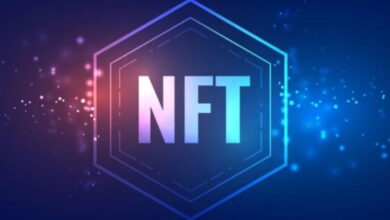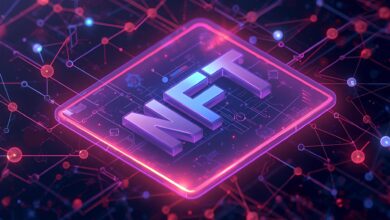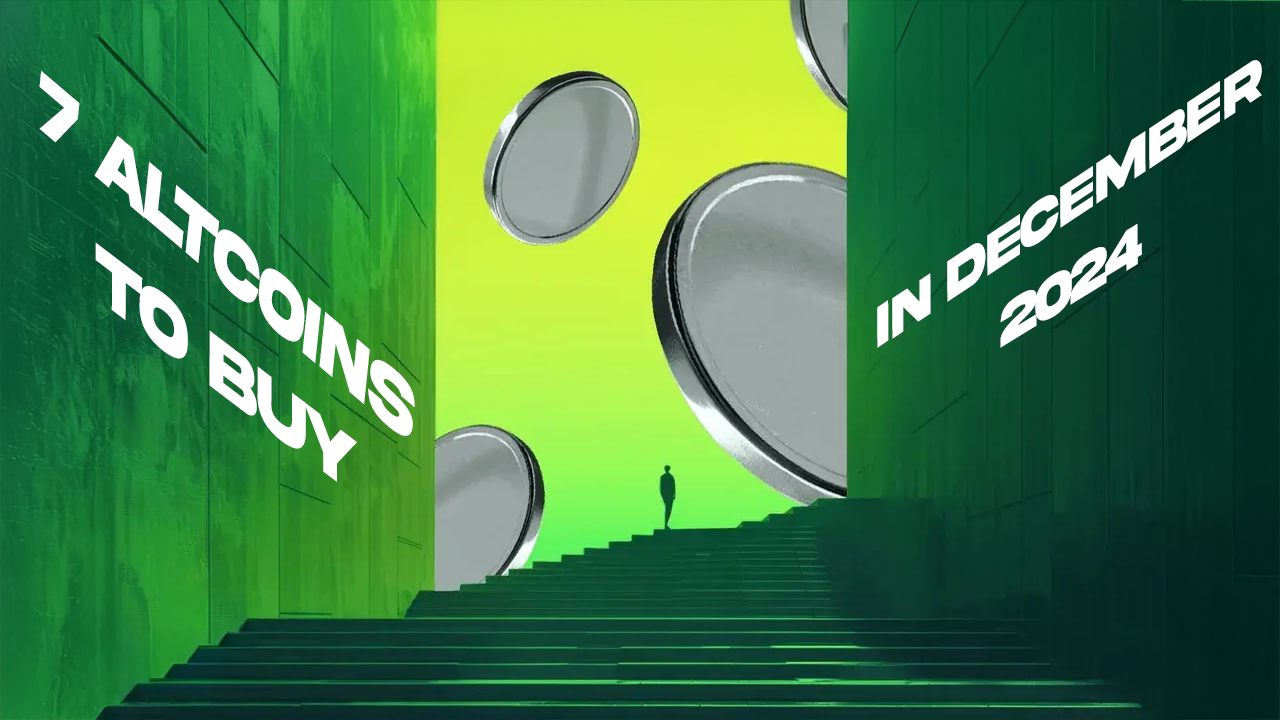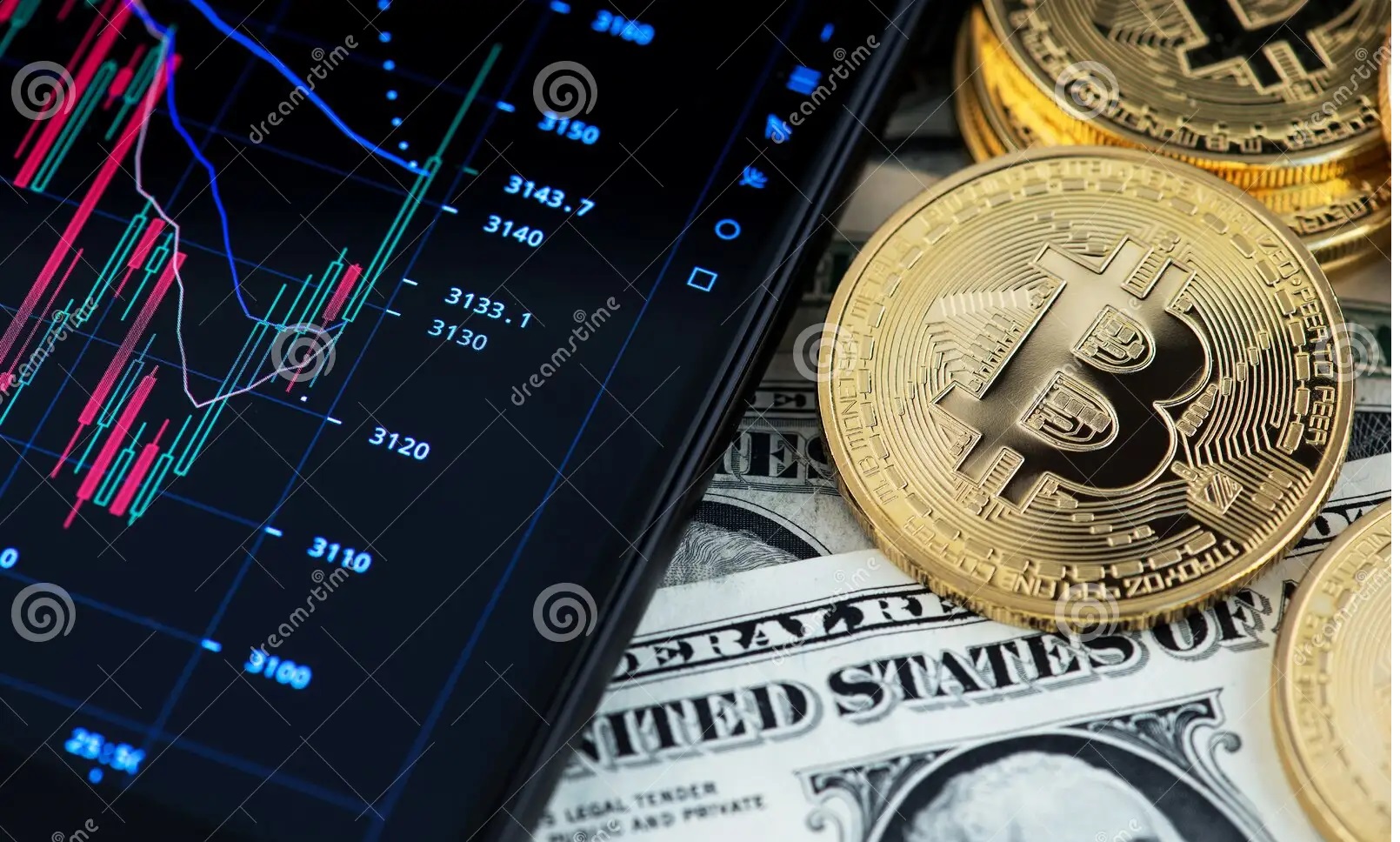NFT Market Trends and Future Outlook for 2025

From a minor sector in the digital economy, the non-fungible token (NFT) market has fast become a mainstream phenomenon. NFTs will continue to shape industries, including real estate and entertainment, as well as art and gaming, into 2025. The market is still changing significantly, even if it has grown more mature.
The patterns in 2025 are changing how NFTs are traded and seen by collectors, makers, and investors. This paper investigates the most recent NFT sales market trends, trading signals, and ideas on what traders should be aware of in this fast-paced environment.
NFT Market Growth and Expansion
The NFT market has grown significantly, and global market forecasts point to its ongoing fast expansion in the next few years. The market is projected to rise to $48.67 billion in 2024 from about $36.19 billion in 2023, reaching over $521 billion by 2032. Growing acceptance in sectors including gaming, real estate, and fashion drives this expansion across others. NFTs attract investors and companies equally; thus, their value goes well beyond their first use cases; they are not only digital art and relics.
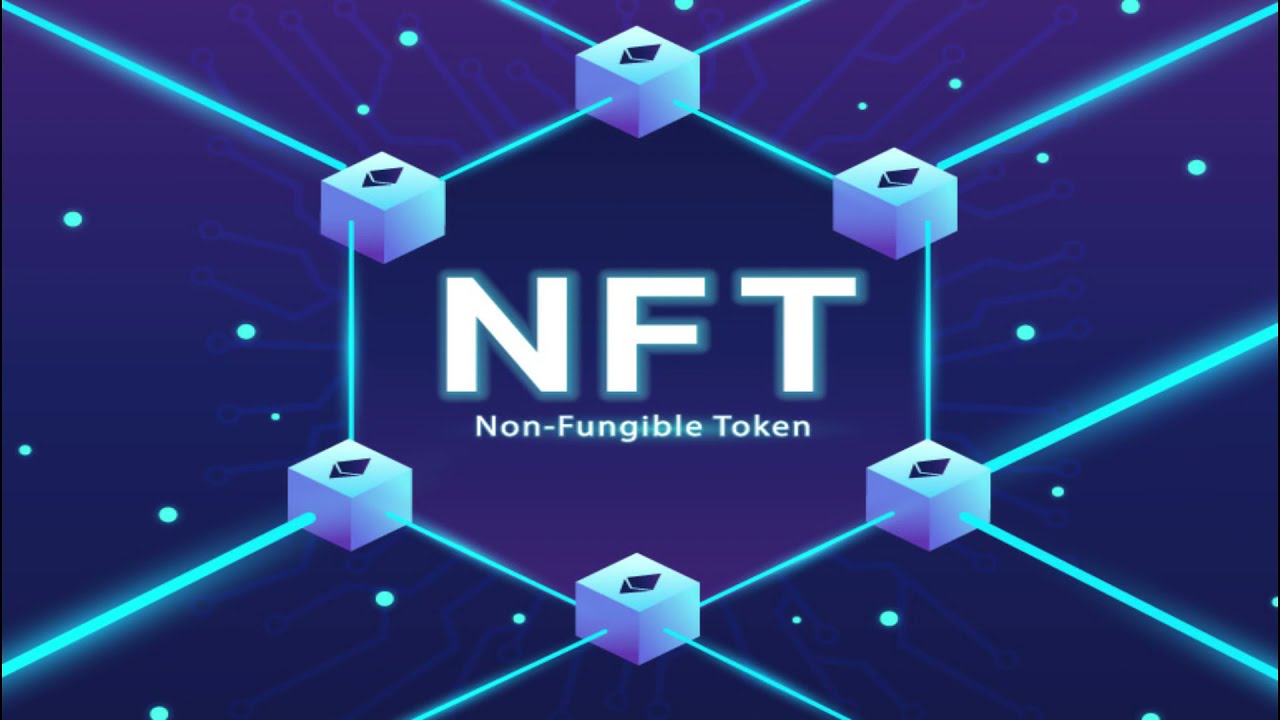
Some of the main forces for NFT acceptance are real estate and tokenizing actual objects. Real-world objects, including property, luxury products, and even fine art NFTs showing ownership, are taking center stage on the market. This change has made fractional ownership and simpler asset transfer possible, democratizing access to highly valuable assets. Furthermore, they are utilized to prove the authenticity and provenance of tangible objects like premium goods and rare collectibles, which are NFTs.
Utility and Hybrid NFTs
Utility NFTs are among the most interesting advancements in the NFT field. They offer more value than conventional NFTs, which mostly function as art or collectibles, by giving access to special events, materials, or services. Having a particular NFT, for instance, can provide the holder access to private online communities, VIP services, or special virtual events. A larger audience, including those engaged in the entertainment, gaming, and sports sectors, finds NFTs more enticing because of their extra capability.
Another trend is hybrid NFTs—those that mix digital and physical objects. Under these circumstances, owning an NFT can grant the holder a tangible counterpart—a printed copy of digital artwork, a collector item, or perhaps a ticket to a live event. These hybrid NFTs and crypto blur the boundaries between the virtual and real economies by mixing the digital and tactile worlds and letting consumers engage with both realms. This invention keeps making NFTs more valuable and flexible in the market.
NFT Market Challenges
Companies are trying to include NFTs in their business strategies; hence, institutional participation in the NFT market is growing. This graph captures the increasing acceptance of NFTs as a viable class of digital assets. Still, the market faces fresh difficulties as more big companies join the field. As governments and financial institutions struggle with managing NFTs in terms of taxation, intellectual property rights, and consumer protection, regulatory scrutiny is growing.
LG recently closed its Art Lab platform, an NFT marketplace linked with its smart TVs, for instance, indicating that institutional players have to remain agile and flexible in a fast-evolving scene. This closing draws attention to the dangers in the NFT space—market instability, changing consumer interest, and the changing legal environment. Institutions will be especially important as the market develops to create explicit plans to negotiate this complexity and guarantee the long-term viability of their NFT projects.
NFT Trading Signals
Making wise selections and optimizing possible returns depend on NFT investors understanding important trading signals. Rarity is important; NFTs with special qualities or features usually demand more; the rarer an item is in a collection, the more valuable it can grow to be. Another consideration is scarcity; particularly if the artist or creator is well-known, a small number of NFTs accessible in a collection or series might generate more demand.
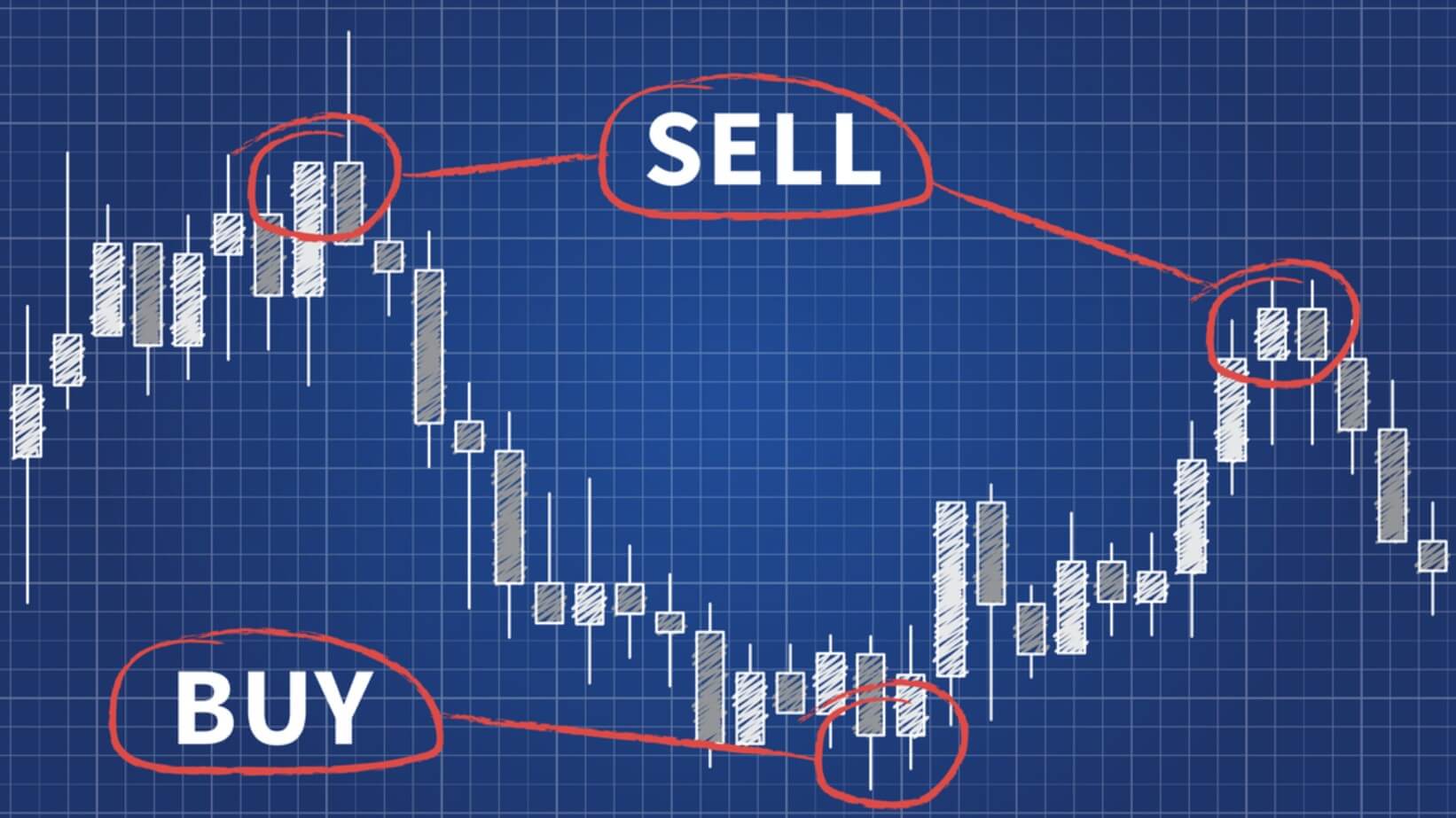
Another important indicator is the floor price—the lowest price accessible in the market for an NFT in a certain collection. Should the floor price climb regularly, it can indicate growing demand and interest in that collection. A quick change in the floor price could indicate major purchasers joining the market or the growing popularity of collecting.
Important markers, too, are volume and liquidity. High trading volume is usually a strong indicator of liquidity—that is, more market activity—which would facilitate NFT purchases or sales. Consistent transaction increases inside a collection or particular NFT point to ongoing interest. Liquidity guarantees that, free from significant price swings, investors may execute deals more easily.
NFT Market Risks
While the potential for profit in the NFT market is high, so is the risk. Many early investors have experienced significant losses, especially in cases where NFTs have lost much of their value over time. For instance, the Australian Open’s NFT project, which initially generated excitement, saw the value of its NFTs plunge by up to 90%. This dramatic price drop serves as a reminder of the speculative nature of many NFT investments and underscores the importance of caution Multiple factors influence market volatility in NFrs.
including technological innovations, shifts in consumer interest, and overall market sentiment. Traders and collectors must be prepared for fluctuations in value and should never invest more than they are willing to lose.
Final thoughts
Emerging trends such as utility NFTs, hybrid digital-physical assets, and institutional adoption are shining the NFT sector as it develops. Traders still have to be wary of market volatility and pay close attention to trading indications that might direct their investments.
Those who remain educated, adjust to new events, and properly control risk will be most suited to negotiate the often-shifting landscape of NFTs as the ecosystem grows.

